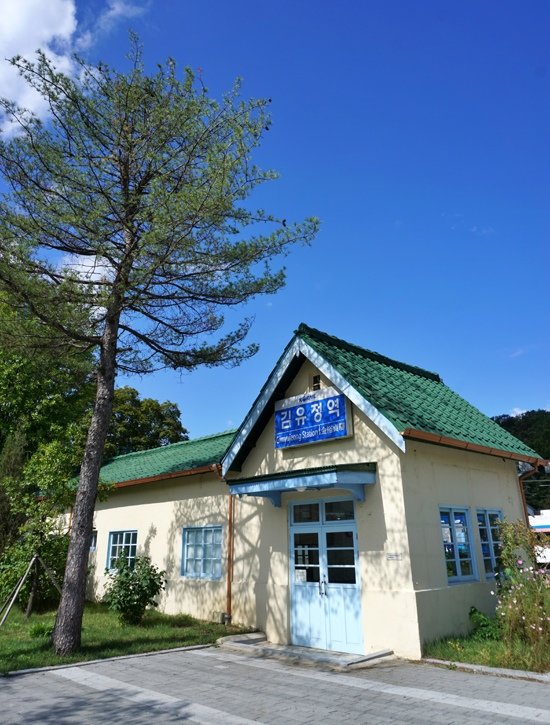
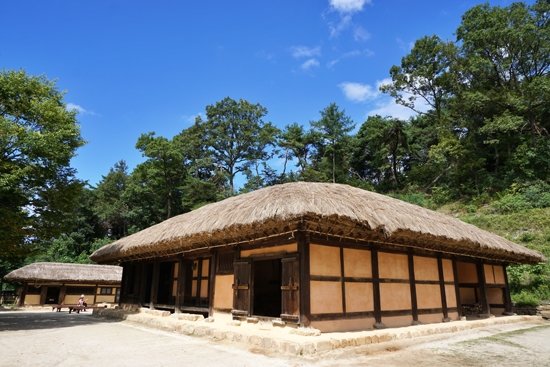
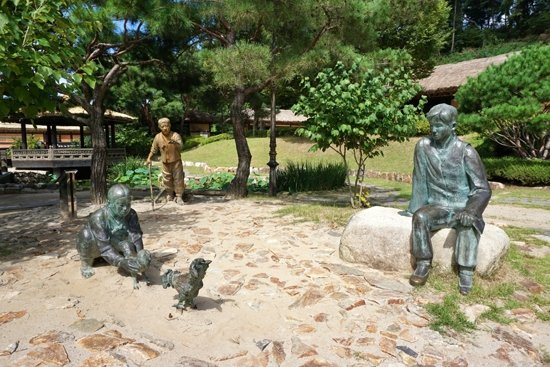
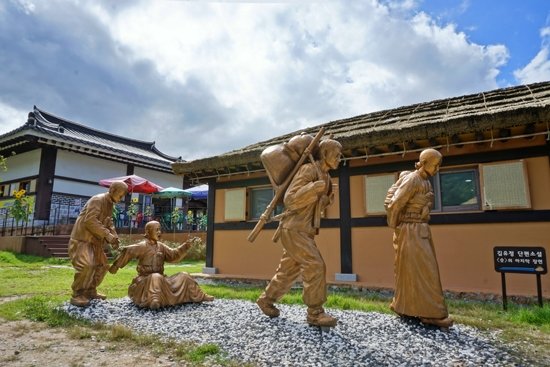
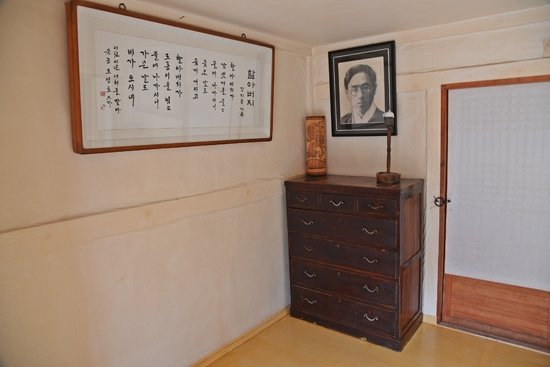
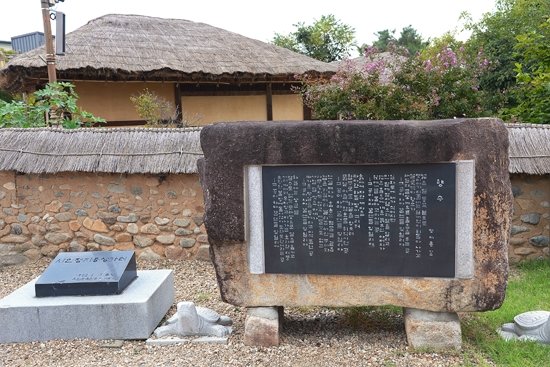
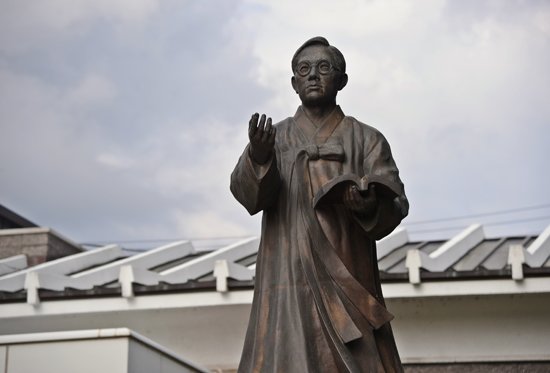
In October, what about Travel, who leaves for the artist in Korea during the season when reading comes to mind. Let's go to Chungbuk Provincial College and Chuncheon, where we can look back on the Korean literature recommended by the Korea Tourism Organization.
Story of leaving by train Village, Chuncheon Kim Yo-jung Literature Village
The 30 short stories left by novelist Kim Yoo-jung, who has not lived in 30 years and has suffered from poverty and pulmonary tuberculosis, are living treasure warehouses in Korean. The story of a lacking and ugly life like a dot, a dot, a wild disease is still a reader and funny. Kim Yoo-jung The story is greeted by various people in various places in Kim Yoo-jung literary village of Chuncheon Sile Village where Kim Yoo-jung was born. You can take the Gyeongchun Line in the metropolitan area, so you do not have to worry about the road.
When you enter the entrance of Kim Yoo-jung Literature Village, the various characters that are located on the lawn first welcome the guests. The main character in Kim Yoo-jung's masterpiece Spring directs the scene in the novel with vivid expressions and gestures. The Bingjang-ear (who calls the artisan of another person to be raised, the hero in the novel calls his artisan Bingjang-earn) baits the wedding with the Jumsun-eui (? ), a screen that eats a preliminary Daryl son-in-law, a screen that postpones marriage by using the small key of a dot Soon-i, and a screen that catches and shakes the 'macro' of the preliminary Daryl Sawi,
In front of the birthplace, there is a small pond and a picturesque sperm, and a statue of Kim Yoo-jung, who looks at the girl who puts a chicken fight and looks at it, stands out. I wonder if a scene of 'camellia flower' was born like this.
A large pot-shaped bench is seen across the street from Kim Yo-jung's birthplace, and the last screen of the short "Sot (Cord)" is reproduced as a life-size statue. The sickness and the wind, the wife who stole the pot complex, which is the first property list of the house, and the wife who ran to find the pot, and the baby karma are combined with the sickness and her husband. They live in a tough reality that is hard to distinguish between good and evil and Michu like Kim Yoo-jung's other characters. Kim Yoo-jung draws their lives as they are, sad, funny, frustrating and sometimes pleasantly, without moral standards or aesthetic technique.
After opening the night school, he returns to Sanggyeong and 'Sangol Traveler' and announces his name as a novelist. Kim Yo-jung, who was suffering from poverty and illness, said, "I need money ... I will eat thirty orphans of chickens first ... then I will live again." The life and work story of Kim Yoo-jung can be seen at Kim Yoo-jung Memorial Exhibition Hall next to the birthplace.
On the Way to Visit Old Hometown, Chungbuk Provincial College Jung Ji Yong Literary Museum
“The old story of the east end of the bee is swirling, and the spot-stained bull cries out in the commentary, where it will never be forgotten.”
The way to Jung Yong's birthplace and literary museum in Chungbuk Provincial College is like visiting a hometown that has left. Chungbuk Provincial College The Jung Yong birthplace and literary museum are located in front of the stream of the village.
The birthplace of Jung Yong and the literary museum are located in Chungbuk Provincial College District. In the past, it was the center of Chungbuk Provincial College, but in 1905, the Gyeongbu Line Chungbuk Provincial College Station was built in the area of Geumguri and it was called Sinabro.
When you enter the town, the store is old, but you can see a sophisticated sign using the poetics of Jung Ji-yong. In the tobacco store, the phrase May News was a sign, "I am glad to hear the news that came to Mochorom Bay."
The house is filled with a short and beautiful poem, and the lake is the peak of the poem. “One thing/ Two palms/Widely covered/Wish to see/The lake is all you need to see.”
Just next to his birthplace is the Jung Ji-yong Literary Museum, which shows a long stone when it comes out in the direction of the Literary Museum. This stone is a epic of the Hwangguk Shinmin in the 1940s at the Akyang Elementary School, and it says, "We are the people of the Great Japanese Empire, and we all do our best to the Emperor." Students reportedly shouted this phrase every inquiry time.
The Jeong Ji-yong Literary Museum, a single-story building, is divided into an exhibition room and a literary experience space. When you open the door, you can see a wax doll sitting in a few places.
As I enter the exhibition room, I notice a frame with a brush stroke, and the more I read a verse, the more I can see the view of my hometown.
'Jung Ji-yong poet and his time' guide plate at a glance can see the life of Jung Ji-yong.
Jung Ji-yong was born in 1902 and married at the age of twelve, graduated from the Hwimun High School and Toshisha University in Japan. In 1926, he appeared in the first issue of 'Academic Jo', presenting 'Cafe and Frans', and emerged as a representative poet of the Joseon paragraph by presenting gem-like works such as 'Perfume' and 'Hometown'.